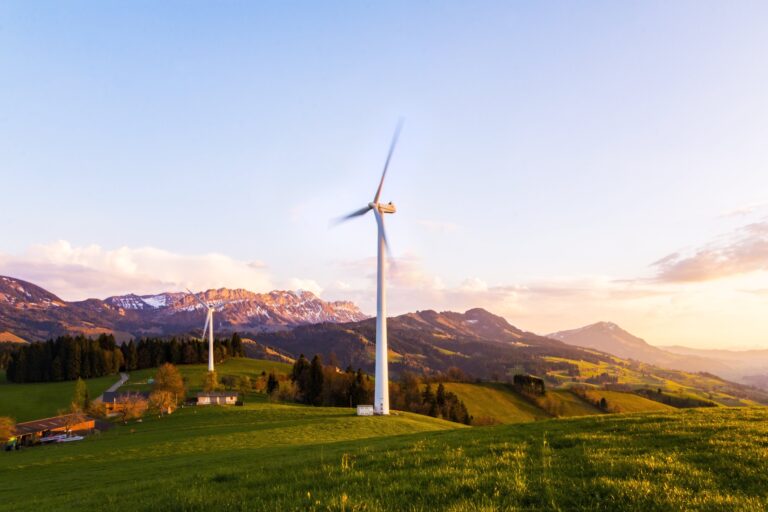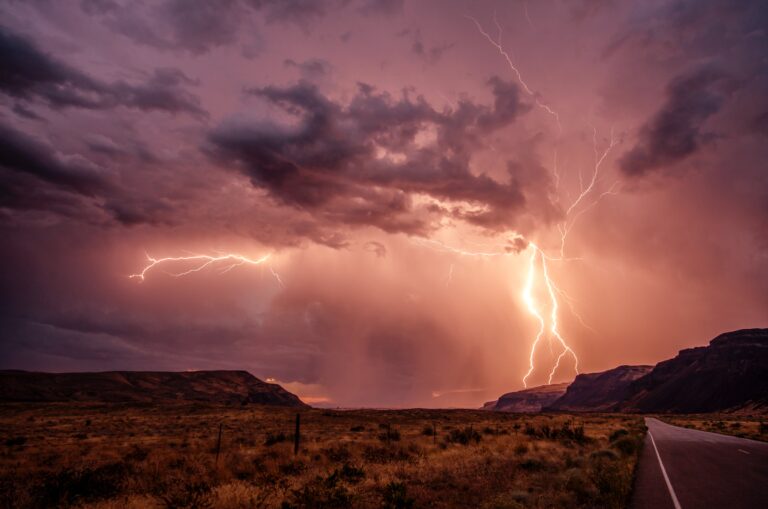Ukraine Attacks Russian Fields, Drives Oil Toward $100

The focus on geopolitical effects on oil prices should not be solely on the Middle East. Granted, tanker traffic through the Red Sea and Suez Canal has dropped. Tensions between Israel and Arab nations have raised the question of whether exports from giant crude-producing nations will be interrupted. However, the threat of Ukrainian attacks on Russian oil facilities may be just as large a problem.
More Oil? Not In Alaska
The US has recently warned Ukraine about attacking Russian oil facilities. American officials believe the byproduct of high oil prices will be the prospect of a recession. In June 2022, the start of the Russian invasion, worry about Russian exports pushed oil as high as $120 and the price of an average gallon of regular nationwide to $5.
According to Russian sources, Ukrainian kamikaze drones hit several Russian oil facilities. Russia did not disclose the amount of damage. However, crude rose briefly. It trades at $85, up from $72 early in the year.
US Objects To Attacks
The attacks have affected the relationship between Ukraine and the US. According to The Washington Post, the administration requested that Ukraine stop the oil field attacks. “Instead of acquiescing to the U.S. requests, however, Ukraine doubled down on the strategy, striking a range of Russian facilities, including an April 2 attack on Russia’s third-largest refinery 800 miles from the front.” Attacks have continued throughout the month.
The upward pressure on crude is much greater than any relief. China, the world’s largest importer, has recently experienced an economic recovery. Further, most of the global economy is doing well. If oil goes up to $100 in the near term, Ukraine may be the cause.
More from ClimateCrisis 247
- Steel yourselves for this stat: AI Uses Twice the Electricity consumed by Pittsburgh
- Ray of Sunshine? China Can’t make up its mind what it wants to do about Solar Panels
- Opinion: COP29 Has Become A sad, Sad Circus Where Big Oil is the Boss
- Stagnant Wind Projects Stall Renewable Energy Growth In New Jersey





